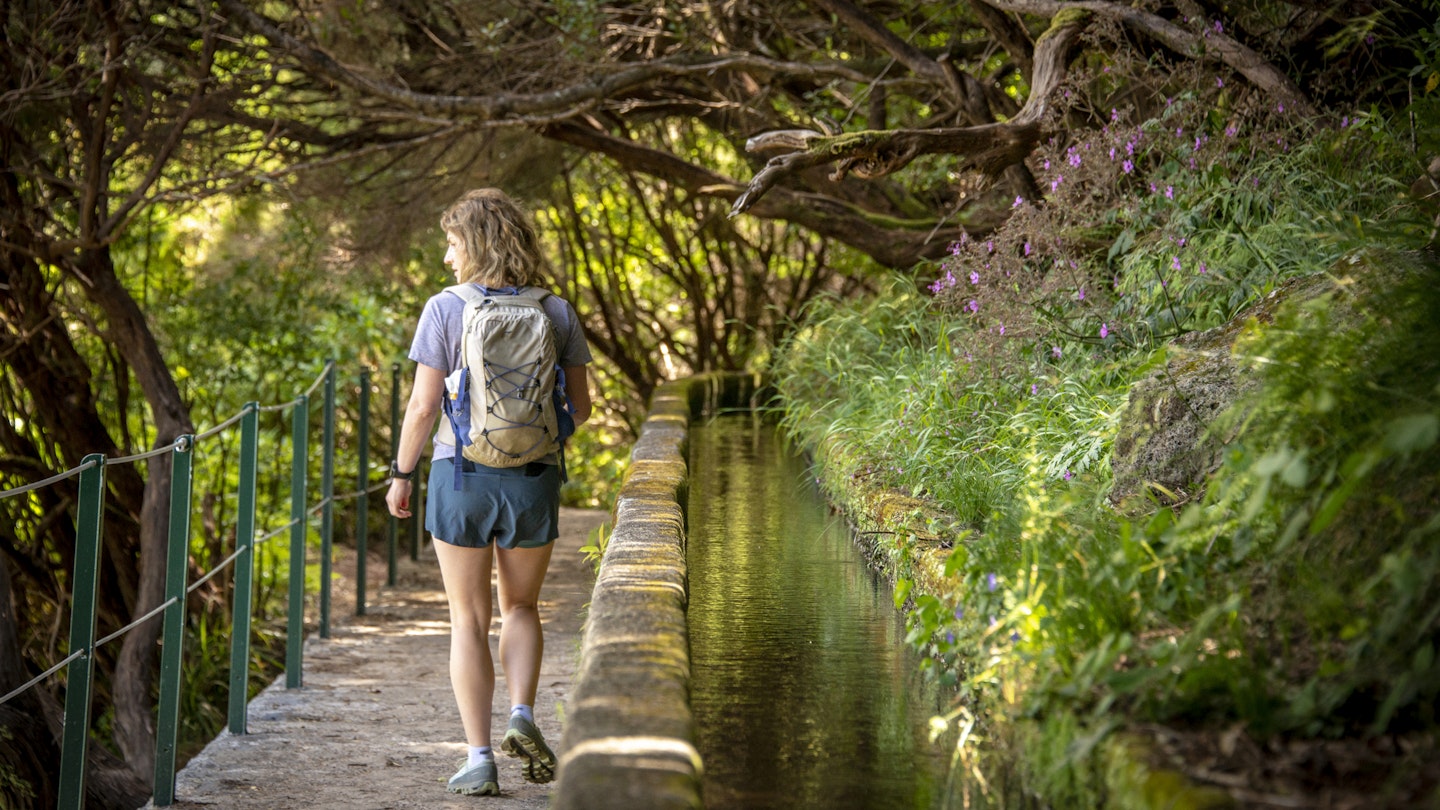Travel Guide to Madeira
Located off the coast of Africa and an autonomous region of Portugal, Madeira boasts a distinctive identity filled with rugged landscapes and subtropical charm. Home to tropical fruits, legendary wine, seaside resorts, and remote mountain villages, the island promises a captivating experience for any traveler.
Particularly appealing to independent and adventurous travelers, Madeira offers a wide range of activities including hiking, swimming, diving, and surfing. Additionally, a vibrant food and drink scene awaits between your adventures.
When Should I Go to Madeira?
With its subtropical climate, Madeira enjoys an average temperature of around 70°F (21°C). While January experiences the most rainfall, the warmest waters are found in September. If you’re looking to escape the summer crowds, it’s advisable to avoid mid-August. Otherwise, Madeira is a fantastic vacation destination nearly year-round.
Is It Easy to Get to and Around Madeira?
Connected to the world via Cristiano Ronaldo International Airport, Madeira welcomes international flights, including direct flights from major cities like New York City. However, navigating the island may require some planning. An extensive public bus system exists, but to access remote hiking trails or secluded beaches, a rental car is often necessary. Renting a car will allow you to explore at your own pace, although be prepared for steep and winding roads.
How Long Do I Need in Madeira?
A minimum stay of four days is recommended for a comprehensive experience. Begin with a night in Funchal to orient yourself, and then spend additional nights in other regions of the island. Dedicate at least one day to outdoor activities and another for relaxation at the beach. If you’re interested in visiting Porto Santo, plan for at least two extra nights.
Top Things to Do in Madeira
Hike a Levada or a Vereda
Madeira is known for its network of man-made aqueducts called levadas, totaling over 804 km (500 miles). While originally built for agriculture, these paths now serve as exceptional hiking routes offering stunning scenery, including waterfalls and majestic viewpoints. Each levada varies in difficulty; consult updated hiking guides to ensure a safe experience.
Ride a Cable Car
To witness some of Madeira’s most picturesque landscapes, take a cable car ride. Originally intended for goods transport, these cable cars now provide scenic journeys to stunning locations, including Fajã dos Padres, featuring a lovely beach and an agricultural site.
Swim in a Natural Pool
The island’s crystalline waters are perfect for swimming, though accessibility can be limited due to rugged terrain. Seek out natural pools shaped by volcanic formations, such as those found in Porto Moniz, or explore the charming locations at Doca do Cavacas and Seixal for a refreshing dip.
Taste Fortified Wine
Madeira’s signature fortified wine, created by accident, offers a unique tasting experience. Several local wineries provide tours and tasting options, where you can discover the island’s rich wine culture. Additionally, sample local specialties like poncha, a traditional drink made with rum and fruit juices.
Visit a Beach
While Madeira’s beaches are primarily rocky, you can visit man-made beaches in Calheta and Machico. Alternatively, consider a ferry ride to Porto Santo, which boasts sand beaches recognized among the best in Europe.
Eat an Espetada
Experience Madeira’s culinary highlights by trying espetada, marinated meat skewered and grilled. This unique dish pairs well with traditional sides like bolo do caco, making for a delightful dining experience after a day of hiking.
Travel Tips for Madeira
Enjoy regional flavors at the Sunday market in Santo António da Serra, where you can find an array of tropical fruits, baked goods, and local beverages. Immerse yourself in the local culture while tasting the best of Madeira’s gourmet offerings.
Budgeting for Your Visit
While Madeira can be pricier than other destinations, particularly for accommodation, food and drink remain affordable. Below is a sample of anticipated expenses:
- Hostel bed: from €60
- Basic room for two: from €120
- Self-catering apartment: from €120
- Public transport ticket: €1.35
- Coffee: €0.75
- Sandwich: €1.50
- Dinner for two: €40
- Glass of poncha: €2.50
Climate Considerations
Madeira’s northern region tends to be wetter, but the south, including the capital Funchal, generally receives moderate rainfall between 600mm and 1000mm annually. Rain is less frequent outside of the wet months from November to February, making for pleasant weather during most of the year.





